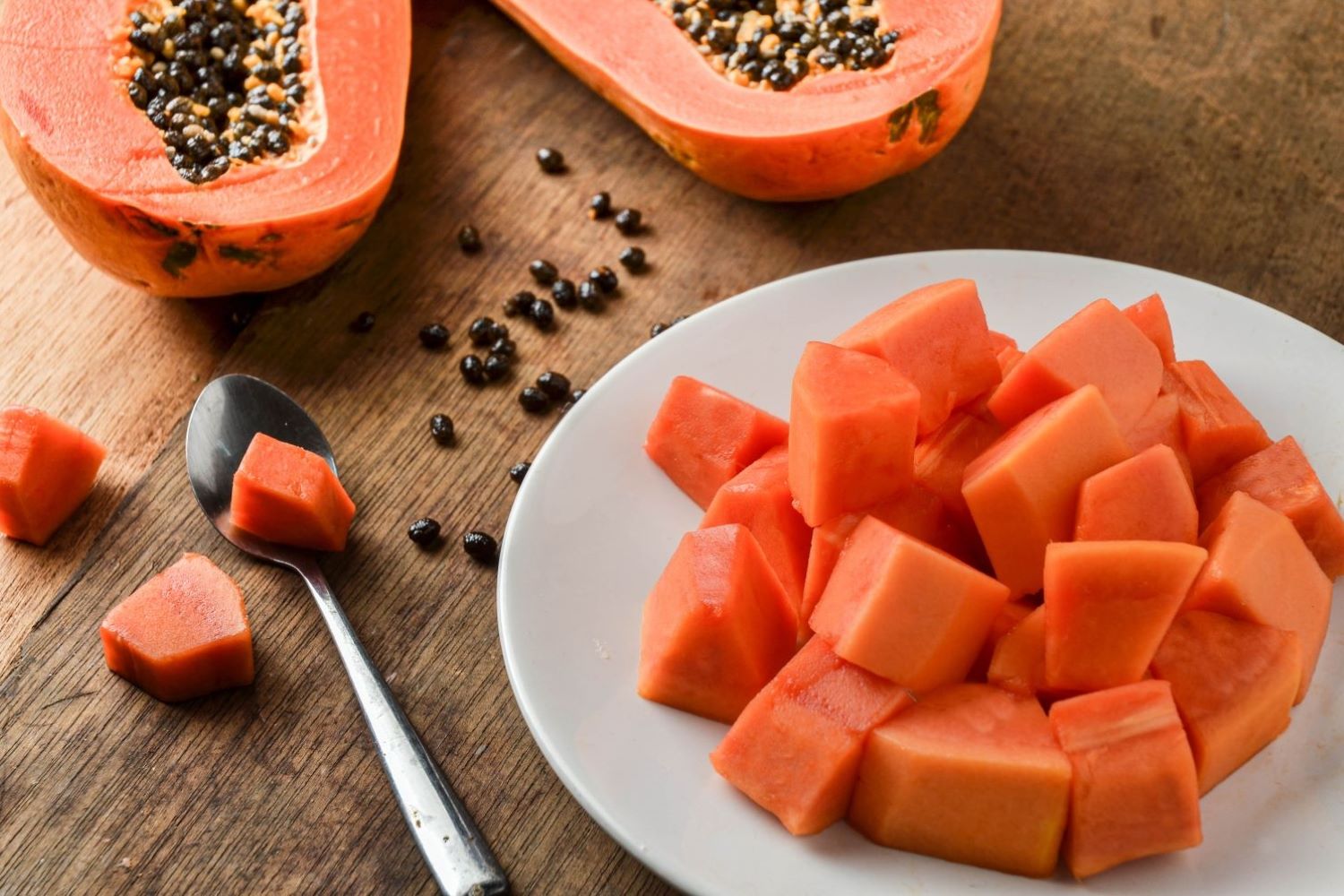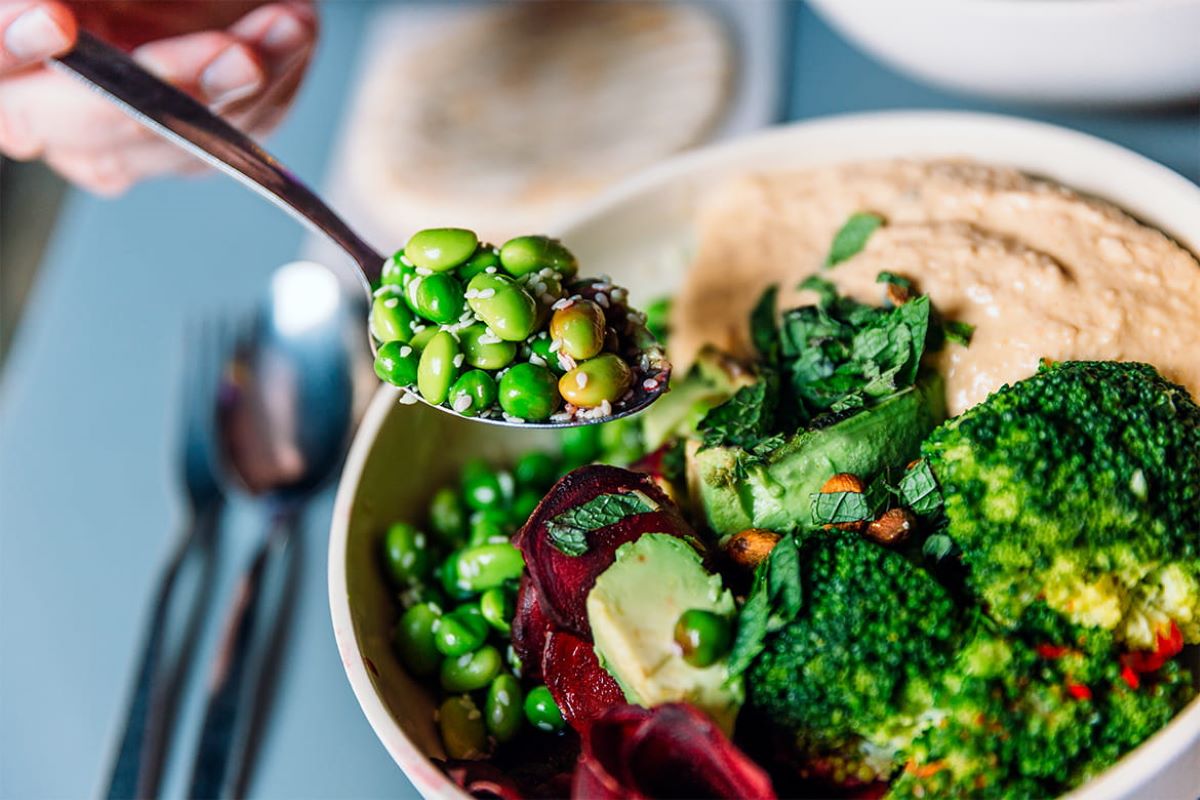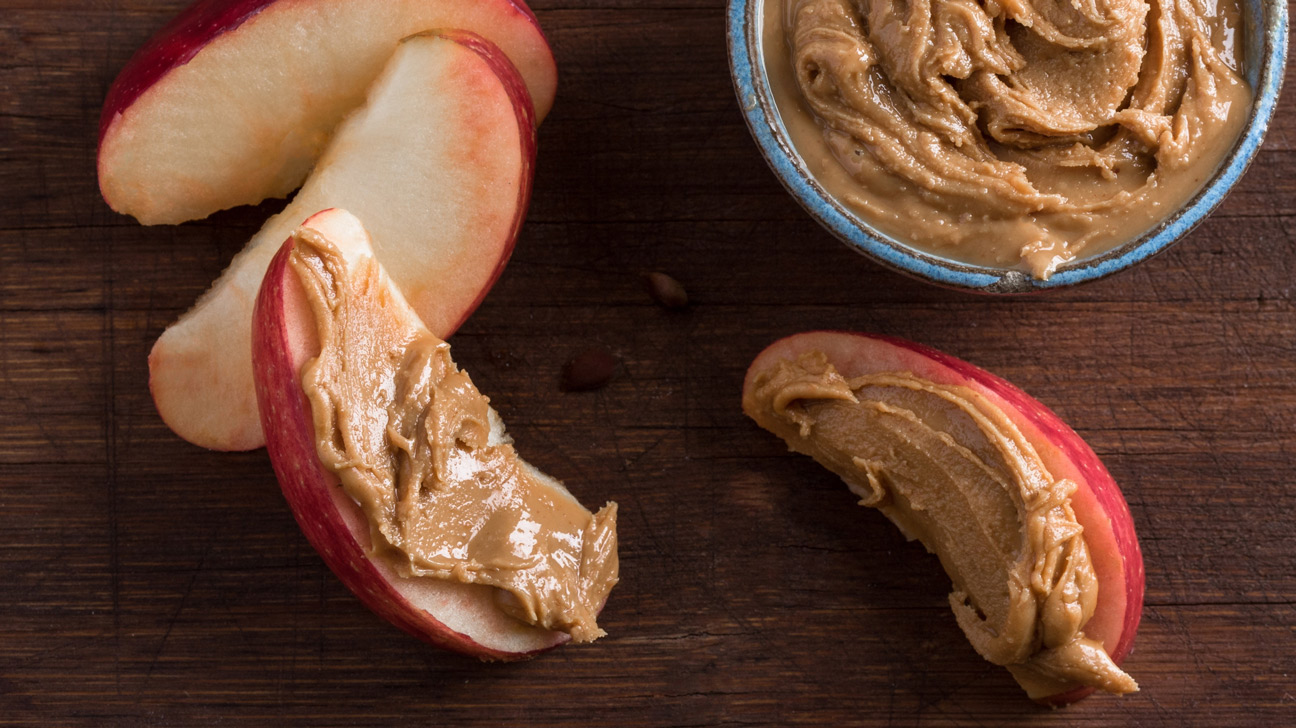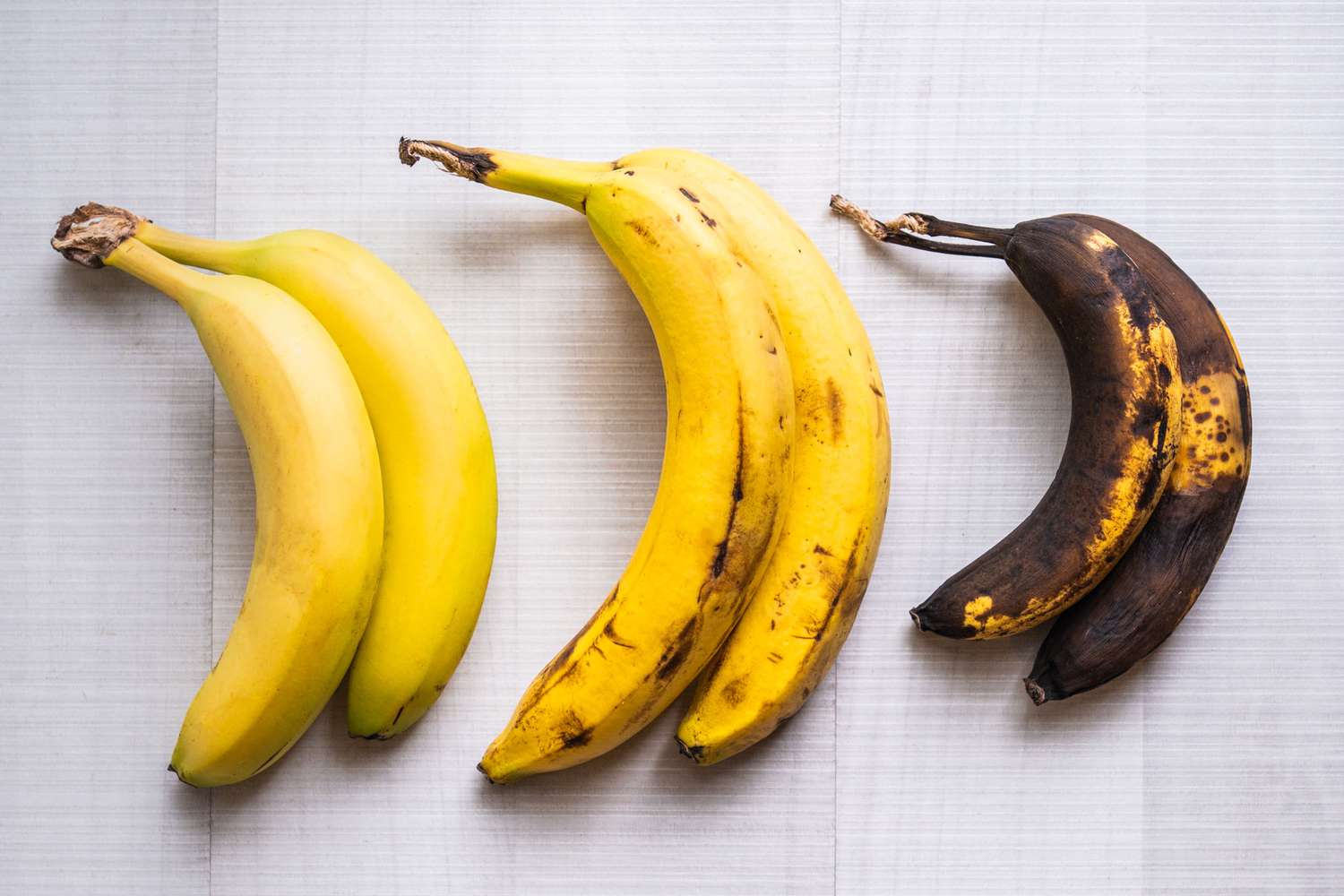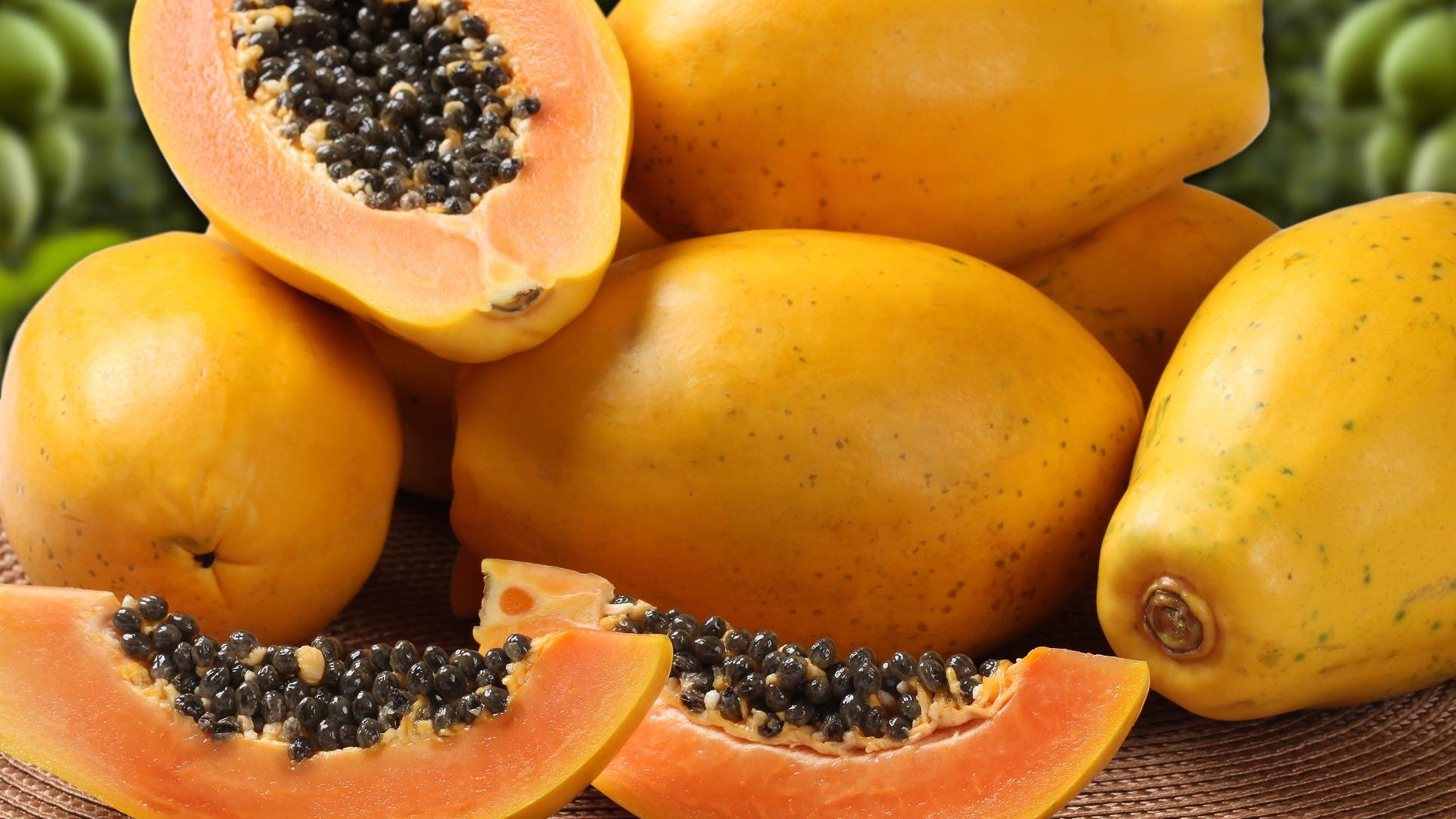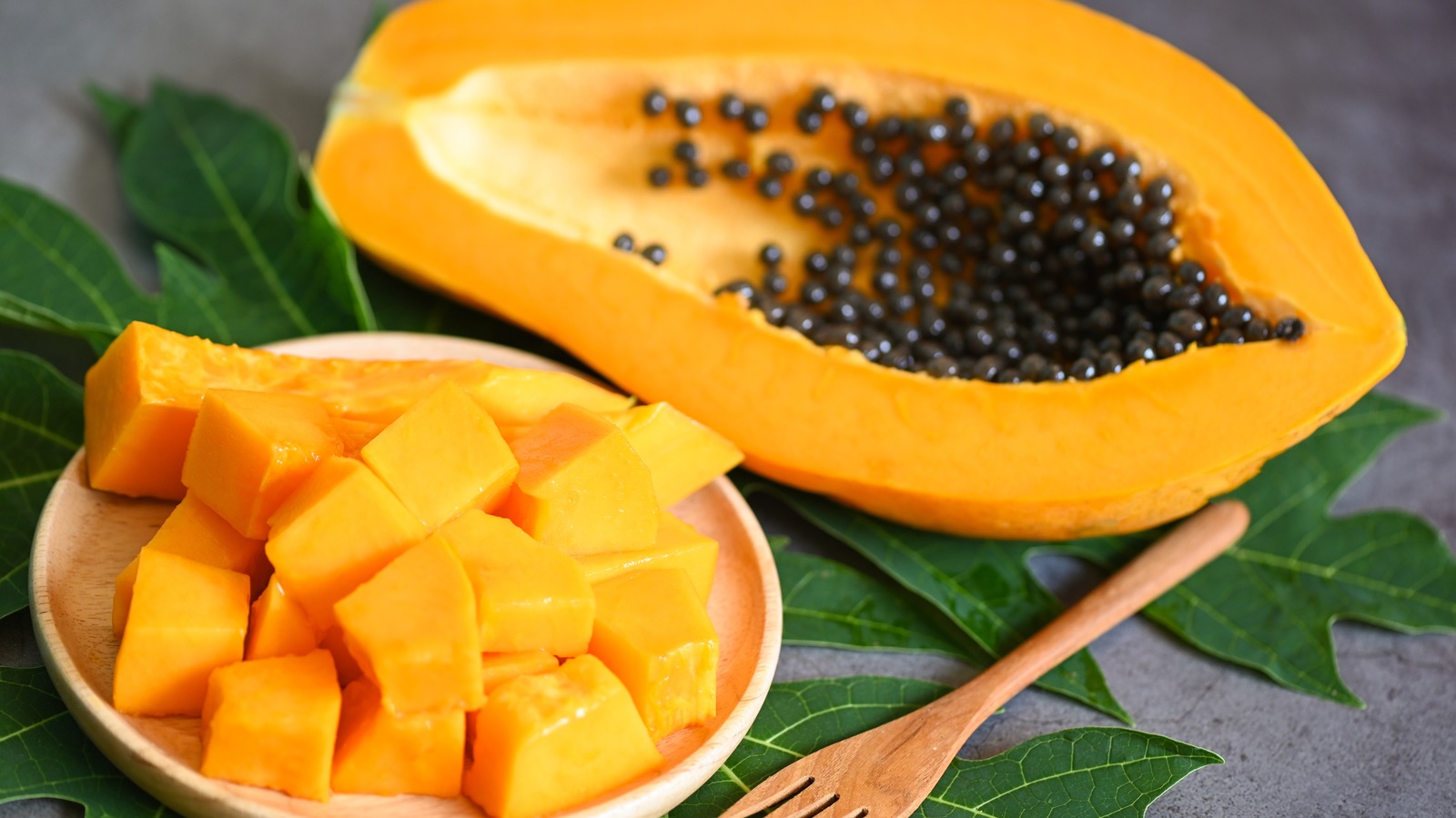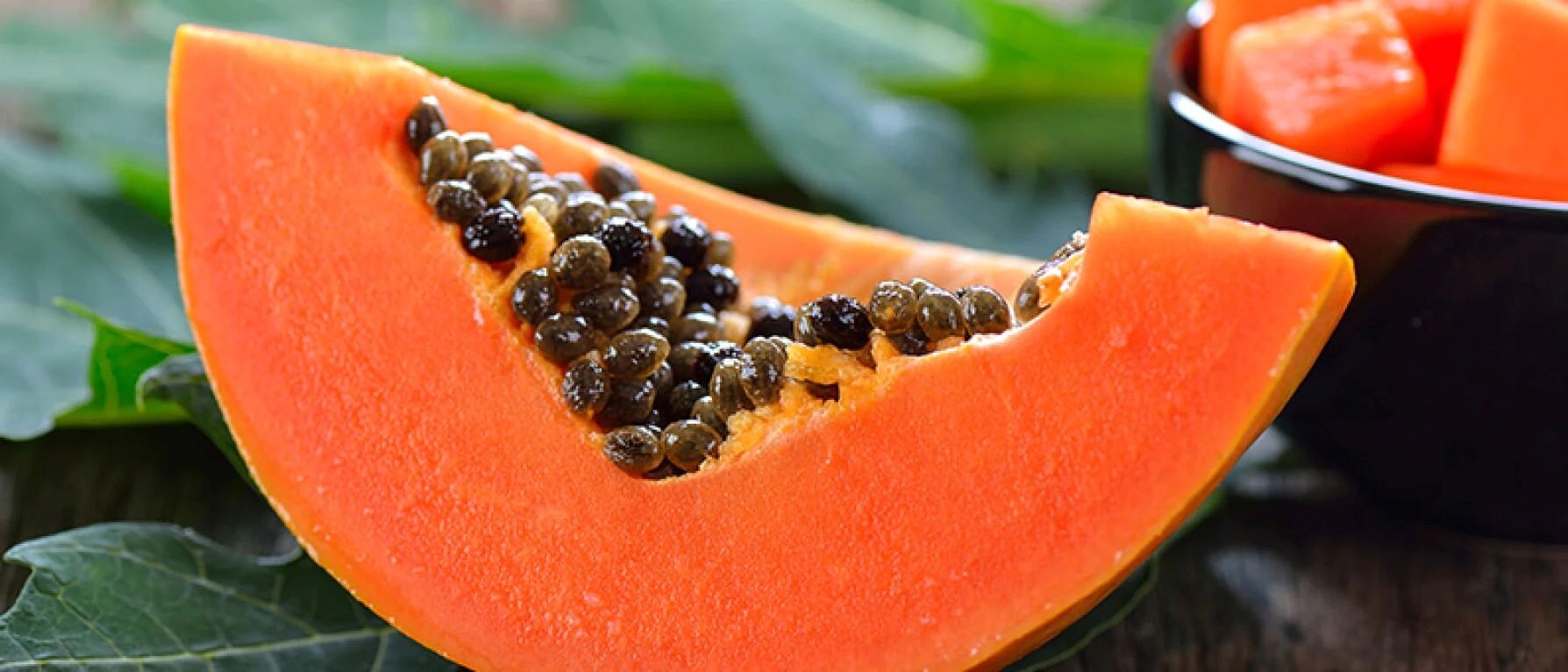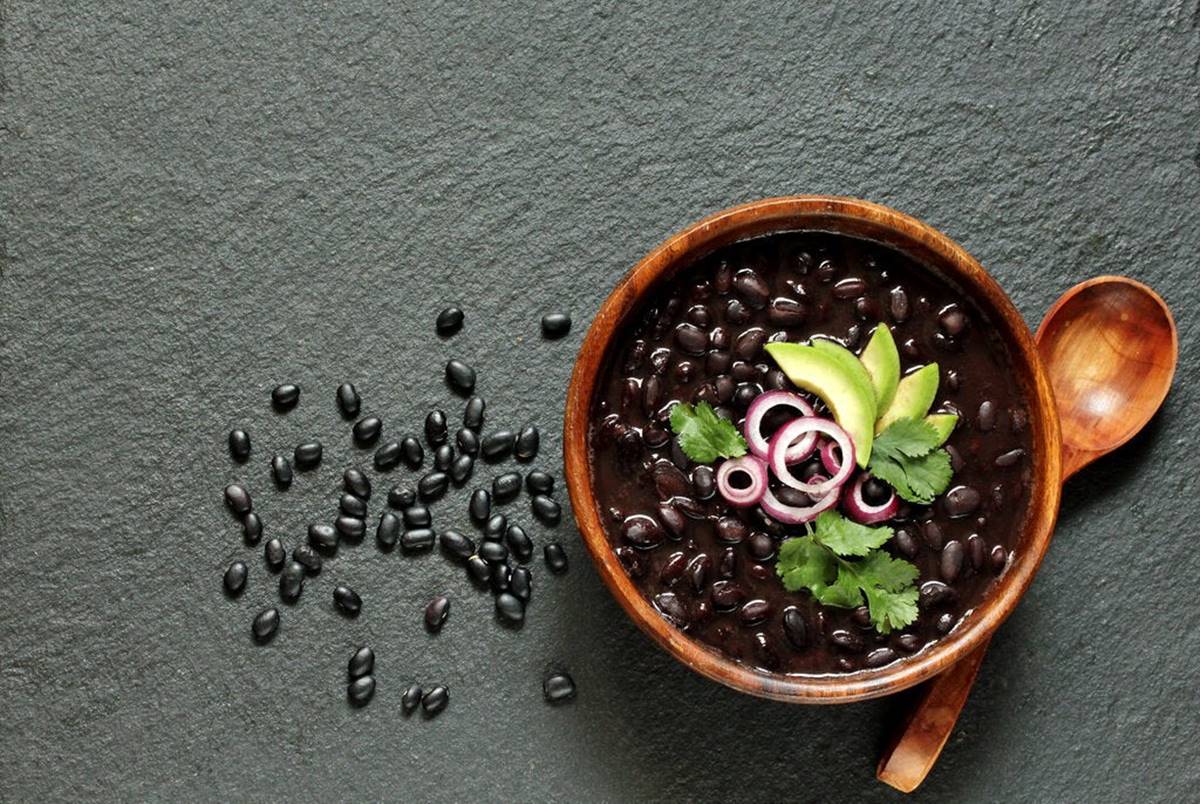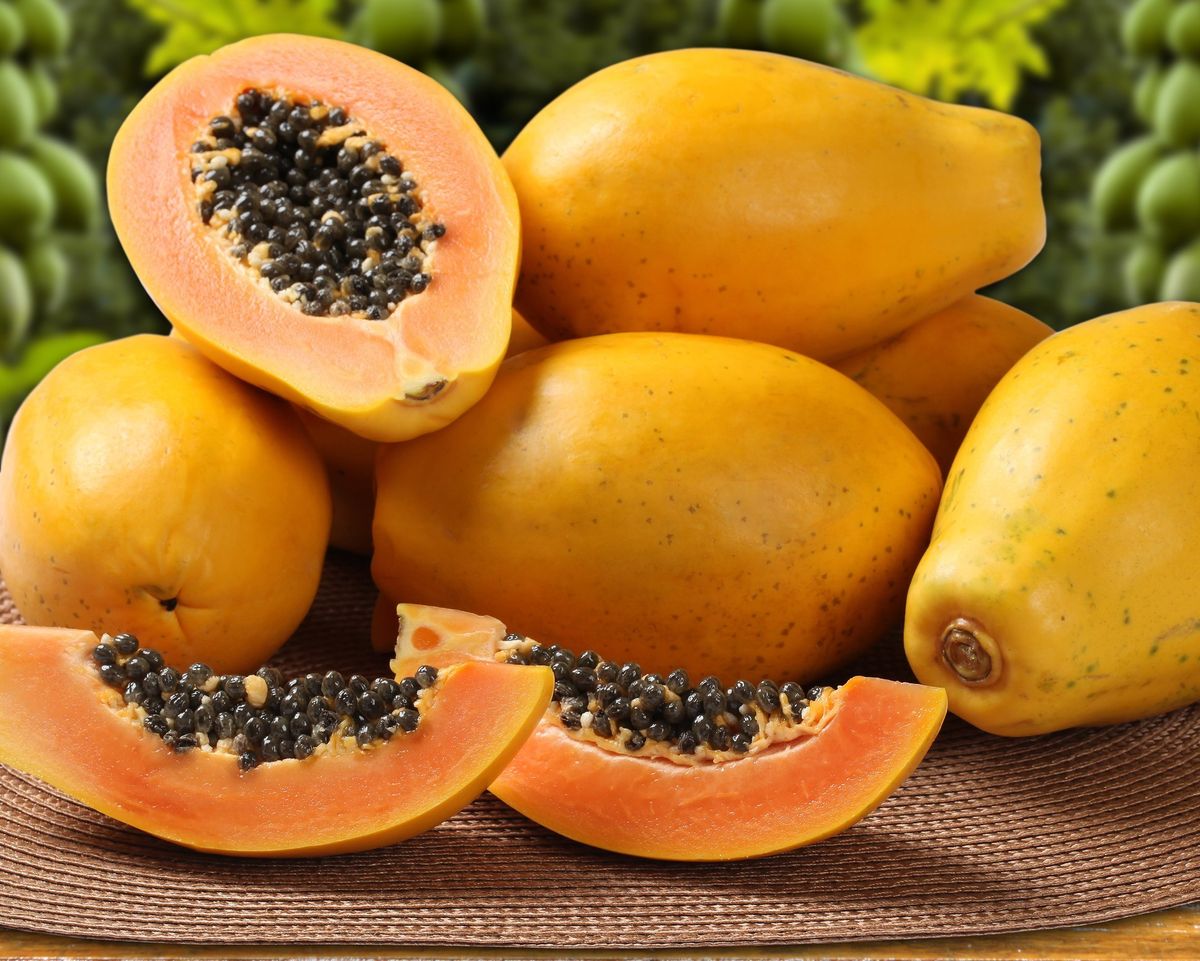How to Incorporate More Healthy Fats into Your Diet
When it comes to nutrition, fats often get a bad rap. However, not all fats are created equal. In fact, incorporating healthy fats into your diet can have numerous benefits for your overall health. From supporting brain function to aiding in nutrient absorption, fats play a crucial role in our well-being. If you’re looking to mostly eat fat in a healthy way, here are some tips to help you get started.
Choose the Right Fats
Not all fats are created equal. When aiming to mostly eat fat, it’s important to focus on incorporating healthy fats into your diet. These include:
- Avocados
- Olives and olive oil
- Nuts and seeds
- Fatty fish such as salmon and mackerel
- Coconut and coconut oil
These sources of fat are rich in monounsaturated and polyunsaturated fats, which have been linked to numerous health benefits, including improved heart health and reduced inflammation.
Balance Your Macronutrients
While fats are an important part of a healthy diet, it’s essential to ensure that you’re also getting an adequate amount of protein and carbohydrates. Balancing your macronutrients can help support overall health and energy levels. Aim to include a variety of nutrient-dense foods in your diet, including lean proteins, whole grains, and plenty of fruits and vegetables.
Be Mindful of Portion Sizes
While healthy fats are beneficial, it’s important to be mindful of portion sizes. Fats are calorie-dense, meaning that they pack more calories per gram compared to protein and carbohydrates. Be mindful of portion sizes when incorporating fats into your meals to ensure that you’re not overdoing it.
Experiment with Cooking Methods
There are numerous ways to incorporate healthy fats into your meals. Experiment with different cooking methods to add flavor and nutrition to your dishes. Try sautéing vegetables in olive oil, adding avocado to smoothies for creaminess, or topping your morning oatmeal with a sprinkle of nuts and seeds. These simple swaps can help you mostly eat fat in a delicious and satisfying way.
Read Labels Carefully
When shopping for packaged foods, it’s important to read labels carefully to identify the types of fats used. Avoid products that contain trans fats and partially hydrogenated oils, as these fats have been linked to an increased risk of heart disease. Instead, look for products that are made with healthy fats, such as olive oil or coconut oil.
Final Thoughts
Incorporating healthy fats into your diet can have a positive impact on your overall health. By choosing the right fats, balancing your macronutrients, being mindful of portion sizes, experimenting with cooking methods, and reading labels carefully, you can mostly eat fat in a way that supports your well-being. Remember, it’s all about balance and making informed choices when it comes to your nutrition.
So go ahead and embrace healthy fats as part of your diet, and enjoy the delicious benefits they have to offer!
